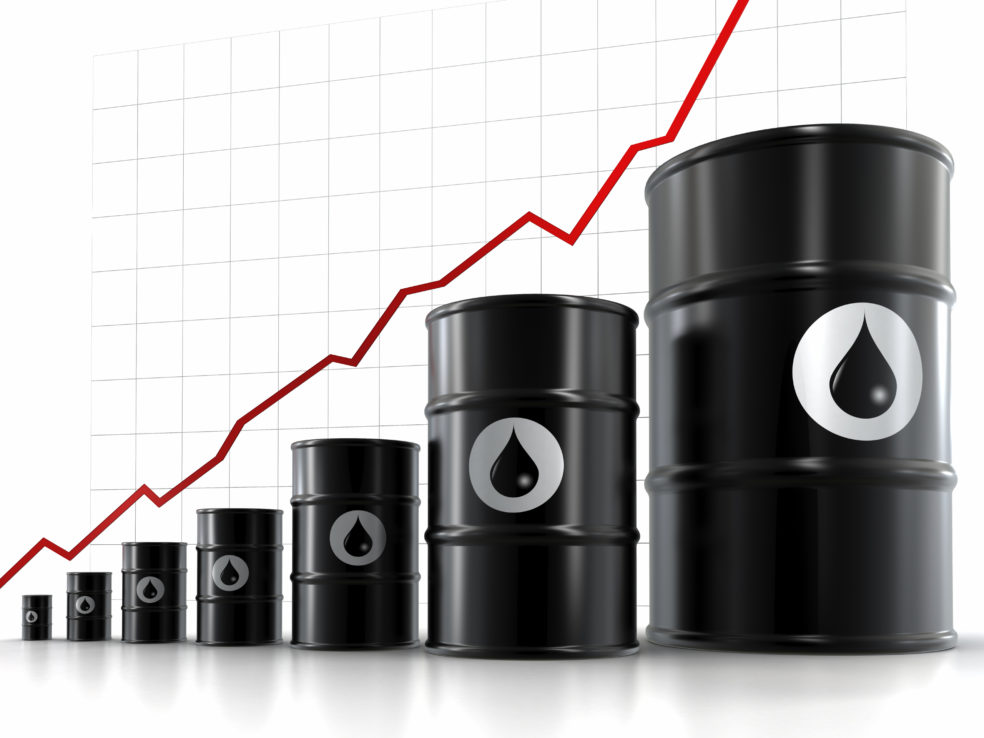OPEC president, Mohammad Al-Sada, who made the projection, yesterday, also disclosed that an informal meeting of OPEC member countries was scheduled to take place on the sidelines of the International Energy Forum, a gathering of producers and consumers, in Algeria from September 26-28.
Al-Sada, who is also Qatar’s Energy Minister, in a statement, said since February 2016, oil prices had experienced a steady improvement following a decline in crude oil production, supply outages and a decrease in oil inventories, while the global demand for oil improved in that period.
Al-Sada said that the recent decline observed in oil prices and the current market volatility is only temporary.
Al-Sada added that the economies of major oil consuming countries are expected to improve, which in turn will augment oil demand in the coming quarters, especially in preparation for the approaching winter season in the northern hemisphere.
This expectation of higher crude oil demand in third and fourth quarters of 2016, coupled with decrease in availability, is leading the analysts to conclude that the current bear market is only temporary and oil price will increase during later part of 2016.
Al-Sadah, noted that investment was needed not only to meet the growth in demand but also to stem the natural decline of oil production from operating wells.
Meanwhile, the continued decline of employment in oil and natural gas production across the world has been put at 26 per cent between 2014 and 2016.
The report, which is for the period between October 2014 and May 2016, indicated that employment in oil and gas production was 538,000 jobs in October 2014, but since then, had declined by 26 per cent, a loss of more than 142,000 jobs.
According to the EIA jobs data report, the total decrease in jobs is nearly three times the 51,000 jobs lost over a 13-month period during the 2008-09 recession. It pointed out that “the majority of the jobs are actually for extraction or support activities, which include the operations of drilled wells, exploration, excavation, well surveying, casing work, and construction. This also includes the maintenance of already producing wells.”
The report further explained that, “the effects of the reduction in drilling and employment in the industry have been relatively modest, with production levels in May down by 6 percent and 1 percent respectively. This is relative to their level in May 2015.
It, however, noted that, “divergence between trends in rig counts and employment on the one hand and oil and the trends of natural gas production on the other are attributable to increases in production per new well in key regions, driven in part by advances in siting and drilling technology.
“For instance, new-well oil production per rig so far in 2016 has been more than twice its 2013 level in areas such as the Bakken, Eagle Ford, and Permian. Growing offshore crude oil production in the Gulf of Mexico has also helped to offset declines in Lower 48 onshore production,” the report added.
LEADERSHIP recalls that there has been series of job cuts in the country’s oil and gas industry, occasioned by the tumbling price of crude oil in the international market. Nigeria’s case is further worsened by militants’ attacks on oil installations in the Niger delta region, which have caused a sharp drop in crude production.
Source: www.allAfrica.com

